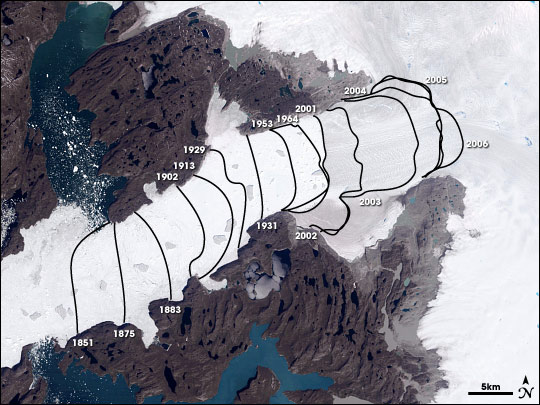RISCO
The Rapid Ice Sheet Change Observatory (RISCO) is an inter-organizational collaboration created to provide a systematic framework for gathering, processing, analyzing, and distributing consistent satellite imagery of polar ice sheet dynamics. Prior to the formulation of RISCO, the observation of polar ice sheet dynamics was severely limited by both a lack of satellite coverage and a lack of access to consistent timely imagery.
News
As of May 24th,...
Imagery from the...
Special thanks to Sol Casino Canada, that has done a great job to support.

